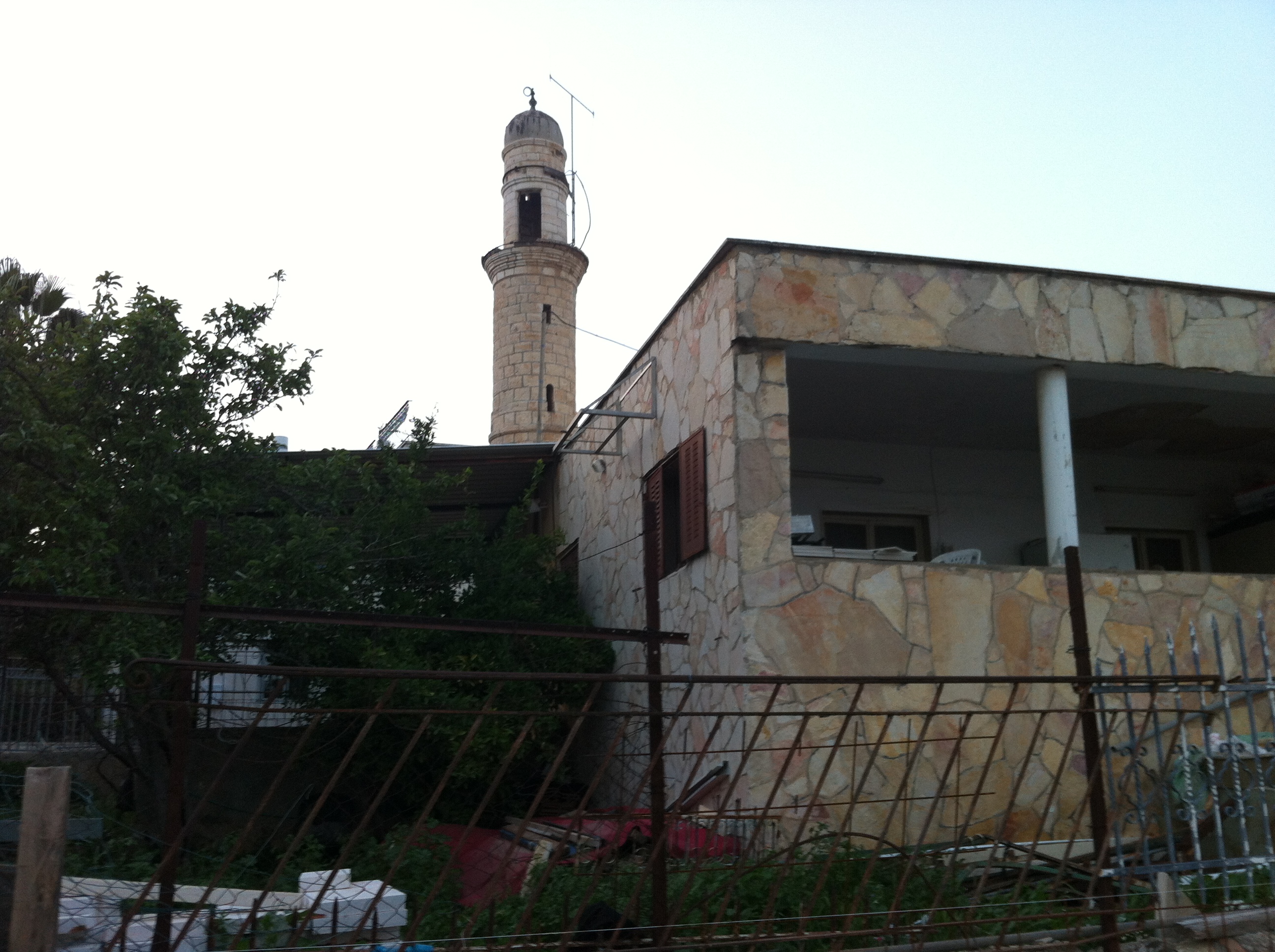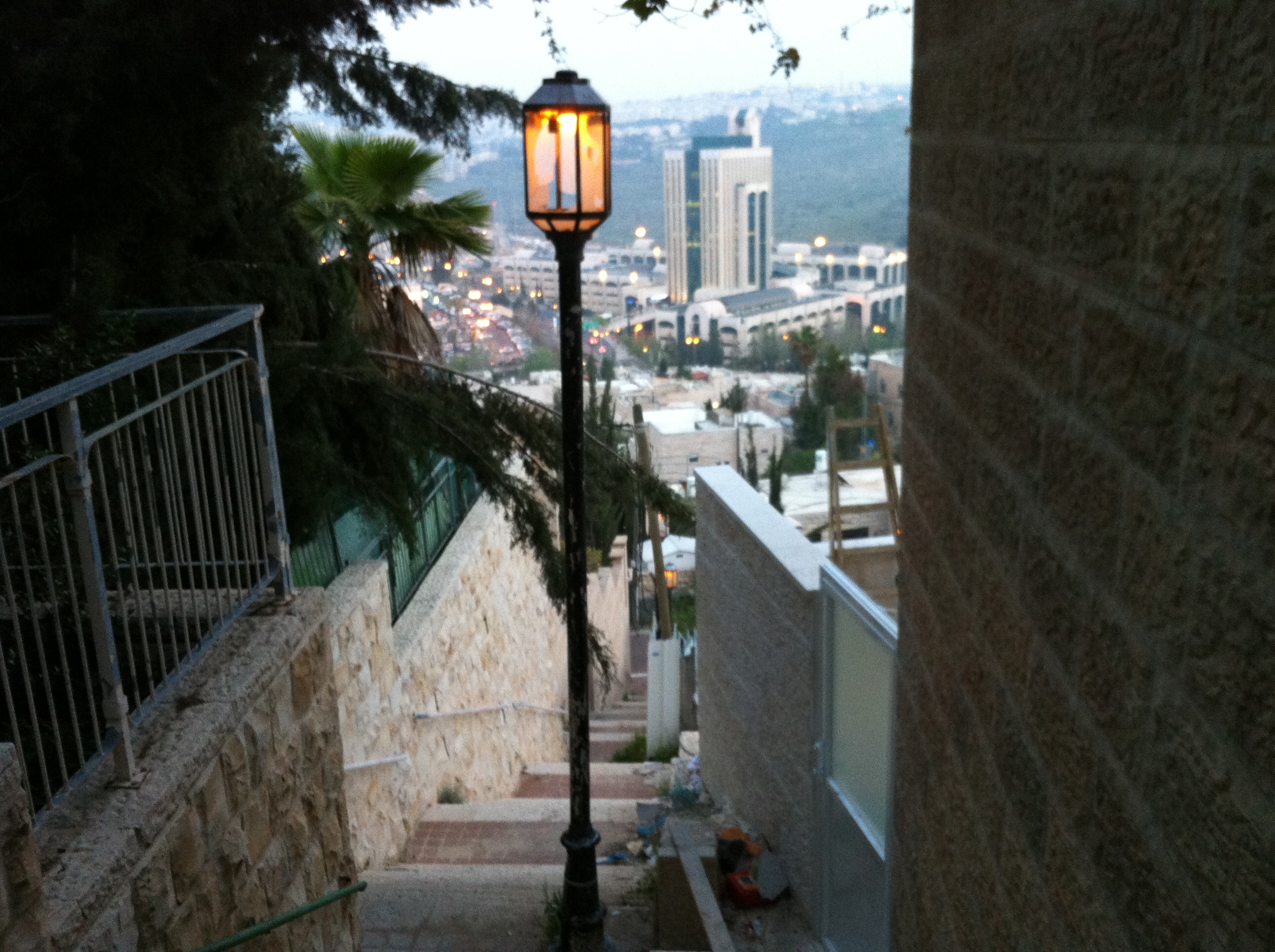Originally published by Ma’an News Agency on May 16, 2014.
BETHLEHEM (Ma’an) — Towering above the gargantuan Jerusalem Mall and the repetitive, non-descript homes of the Malha (or Manahat) suburb of West Jerusalem is a curious sight — a large minaret from which the call to prayer never rings forth.
To the south of the mall are the hills of the central West Bank, dotted by Jewish-only settlements and a few Palestinian villages surrounded by the Israeli separation wall, tucked away from the view of those below.
But this minaret sits squarely in West Jerusalem, in what is internationally recognized as the state of Israel. The minaret belongs to the mosque of the once-thriving Palestinian village of al-Malha, a Jerusalem suburb that was once home to more than 2,000.
Their descendants, today numbering more than 10,000, live as refugees across the West Bank, their ancestors having fallen victim to the ethnic cleansing of West Jerusalem Palestinians in the Nakba of 1948.
The minaret of the now non-functioning village mosque, however, is forever visible from across the valley, a perpetual reminder of the lives destroyed by the 1948 “catastrophe” that laid the foundations for the Jewish-majority state.

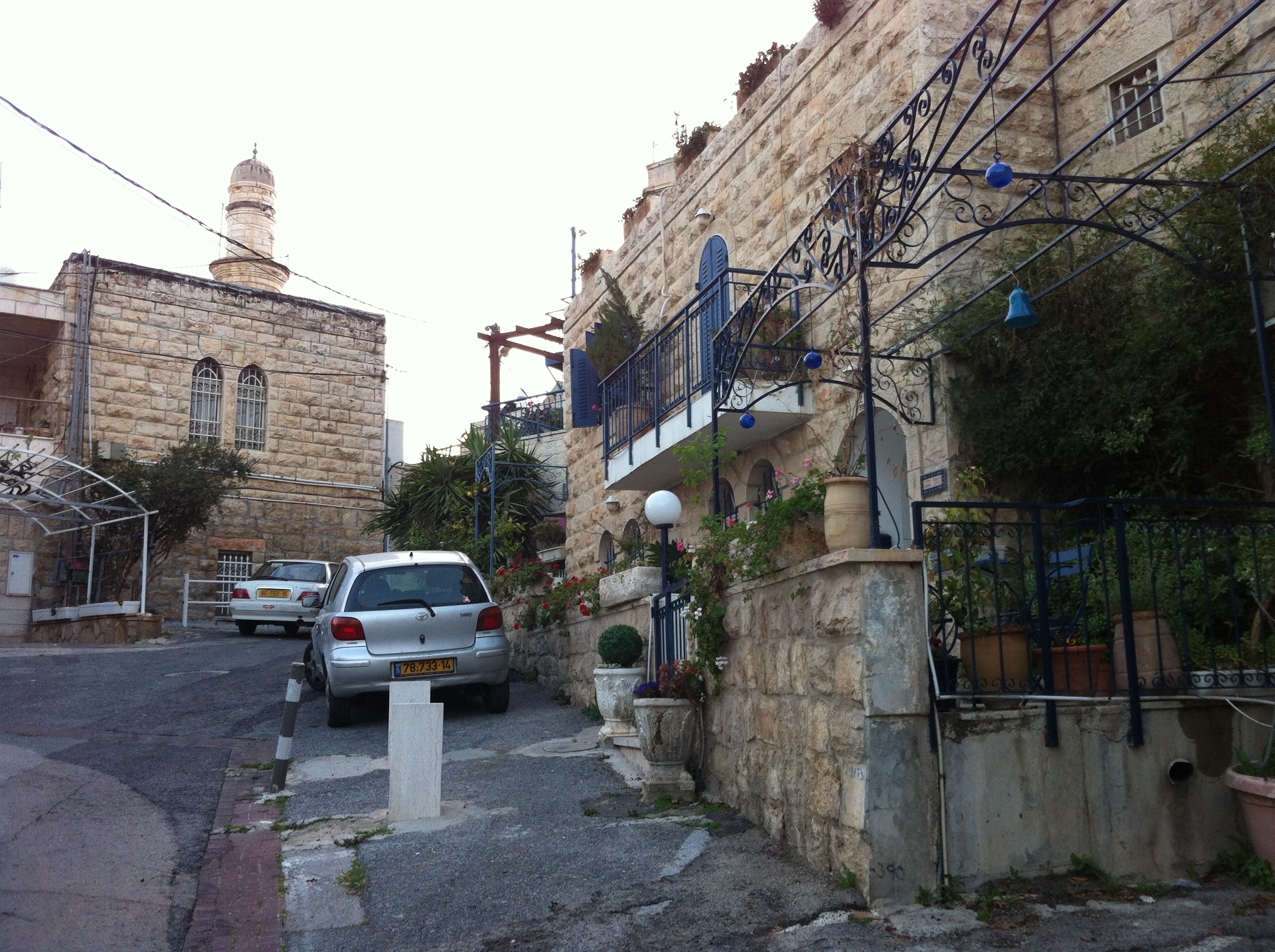


In the years following the Nakba, Israeli authorities made a concerted effort to wipe out the traces of the more than 400 Palestinian villages that were ethnically cleansed in the months before and after Israel declared independence.
The vast majority of the homes of most of the 750,000 Palestinian refugees were systematically destroyed by bands of newly-enlisted and newly-immigrated Israeli soldiers in the 1950s, while the decades following saw the planting of “national parks” by the Jewish National Fund atop the majority of them.
These forests — whose construction was facilitated by laws such as the Absentees’ Property Law and the Land Acquisition (Validation of Acts and Compensation) Law that transferred millions of dollars of Palestinian land and property to the state — served the dual purpose of creating sites of leisure for Israelis, complete with signs pointing visitors to “ancient ruins,” while also making the dreamed of return of refugees appear visibly more unlikely.
Not all Palestinian villages suffered the same fate, however, as those located close to what-became primarily Jewish urban centers — like West Jerusalem, Haifa, and Tel Aviv — were often given over for temporary housing for Jews immigrating from Middle Eastern countries. Lifta, in Jerusalem’s far west, is a famous example of a Palestinian village that was largely preserved.
Some of these preserved Palestinian villages have in recent years witnessed a flurry of interest, as they become host to upper-class Jewish families seeking “authentic Arab architecture” — without the Arabs.
The al-Malha neighborhood of West Jerusalem is one such village. High above the Refaim Valley, al-Malha was once part of a network of Palestinian villages in the area that extended from Battir in the west and along to al-Walaja and Katamon.
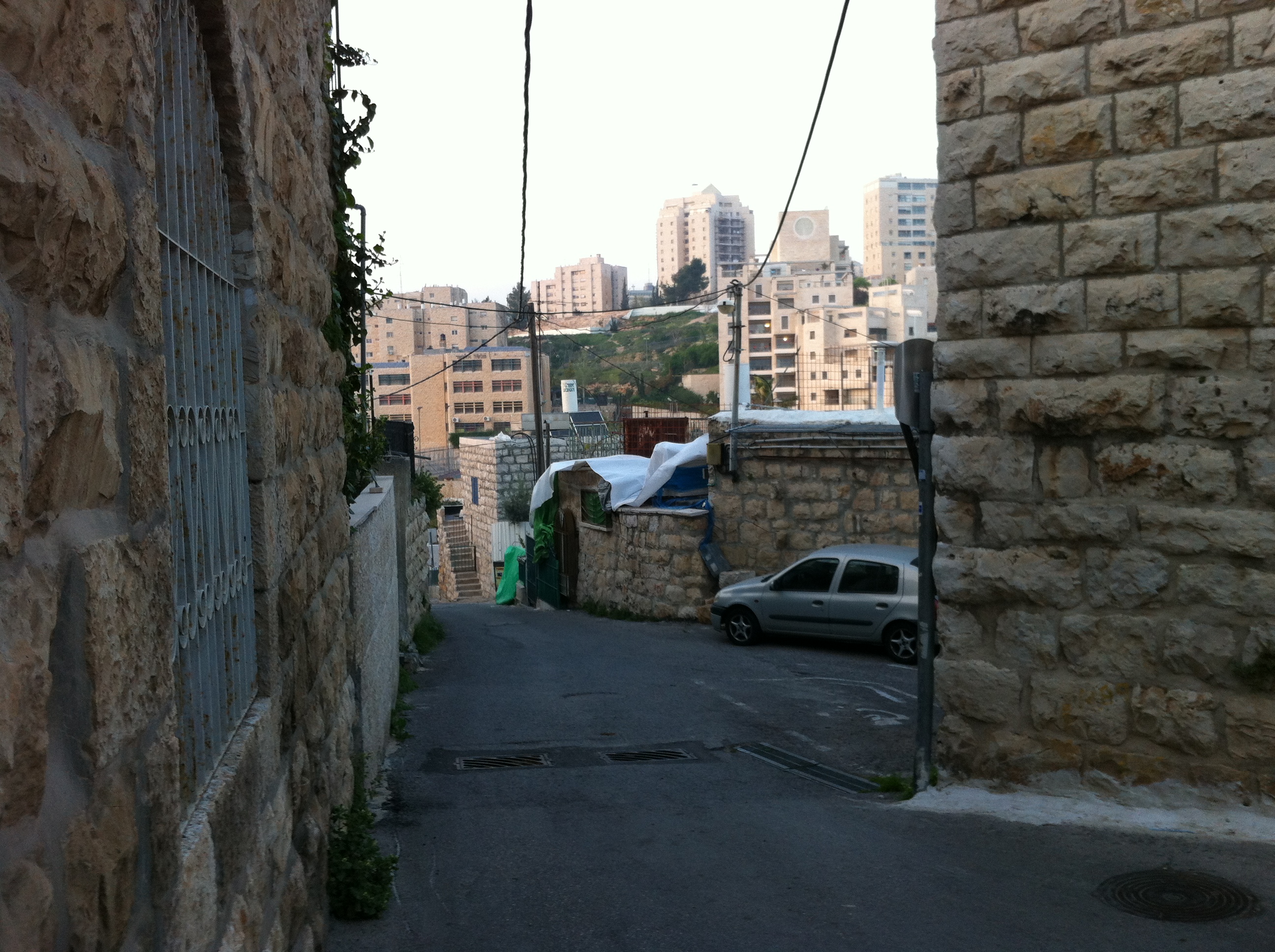

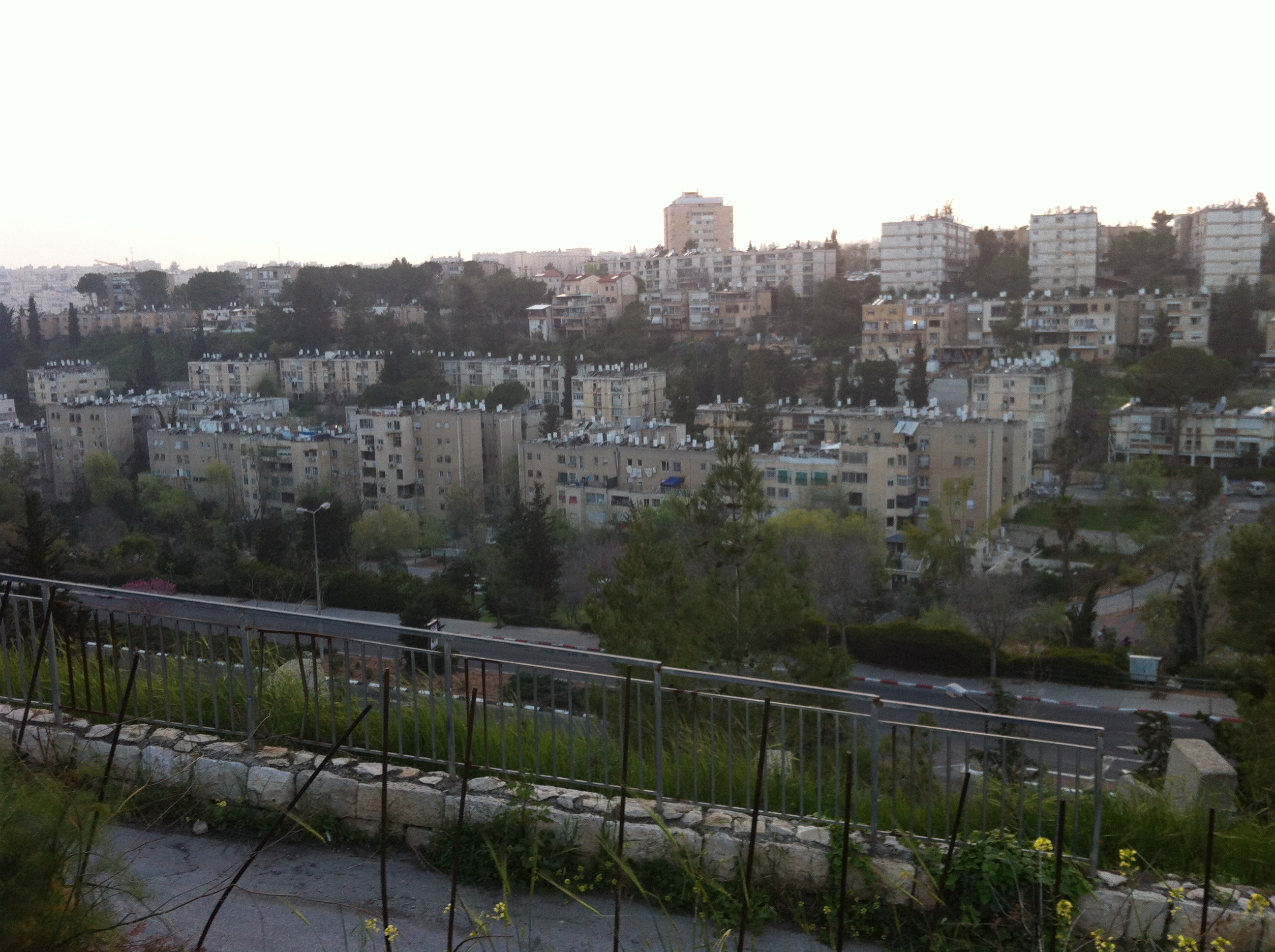
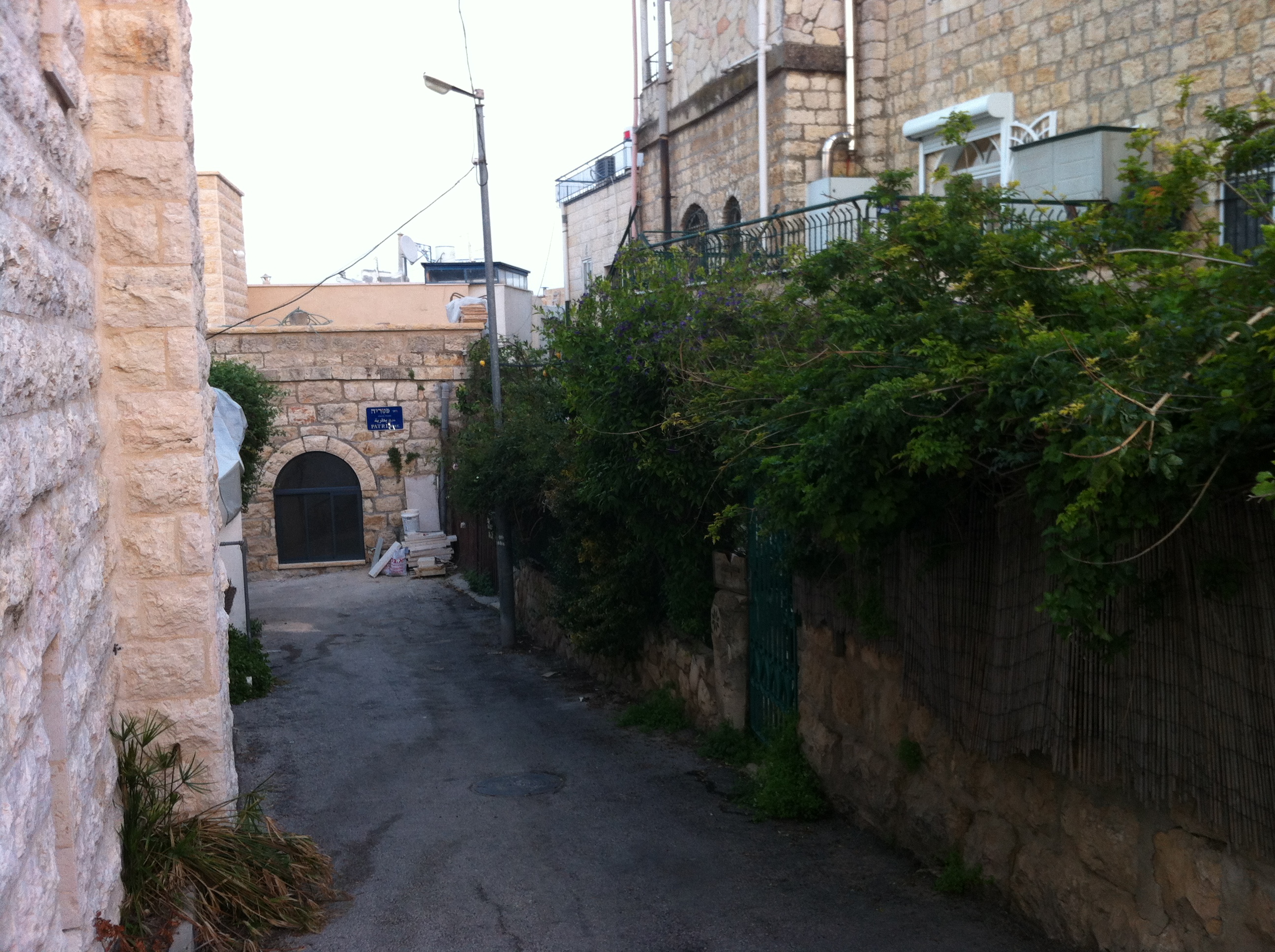
The valley famously hosts a segment of the Hijaz railway, which once connected Damascus to the holy city of Medina. The al-Malha railway station still stands in the valley and continues on to Battir and points further southwest, passing in view of the Palestinian villagers residing nearby who are forbidden from approaching the tracks.
The alleyways of the village preserve their original feel, though the mosque itself is shut tight, located behind a warren of Palestinian homes now occupied by Israelis.The gates of the homes, however, are engraved with stars of David, while an unusually high number of Israeli flags — even for a West Jerusalem neighborhood — cover the windows.
The haunting absence of the Palestinian refugees of al-Malha, denied their right of return to their homes for the last 66 years, is felt even more urgently in the fervently visible nationalism of the village’s new residents.
Until that right is realized, however, the refugees of al-Malha lie in wait across the small valley in the hills of the West Bank, hoping one day to hear the call to prayer ring forth once again.


